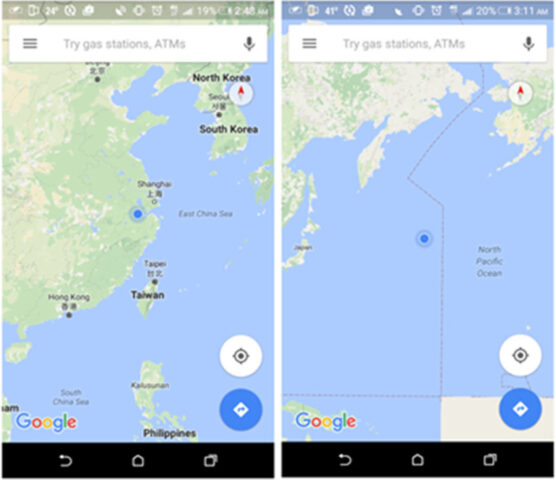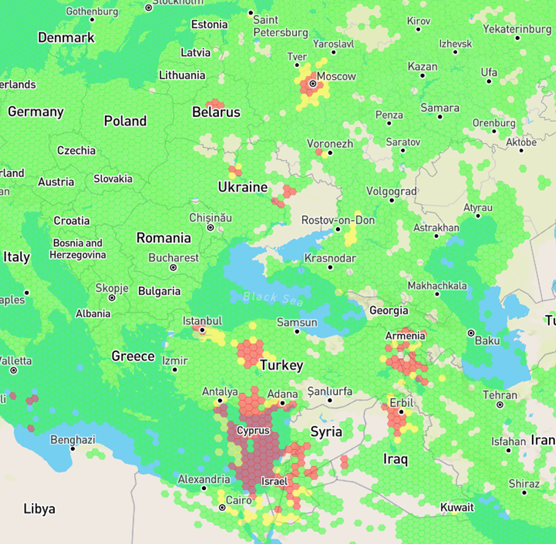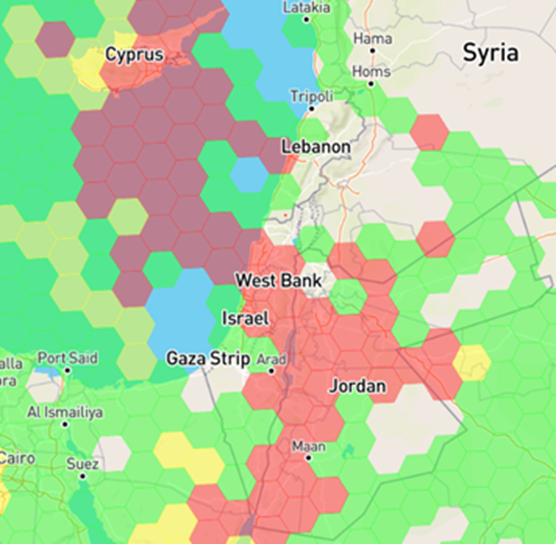In order to understand when GNSS signals are not trustworthy and be able to take action by activating backup systems and/or emergency procedures, it is important to be aware whether there is active (in or unintentional) interference. This can be achieved by actively monitoring for interference. The aim of a monitoring system is to alert critical infrastructures in case of intentional but also unintentional interference of GNSS signals. With this information the organization can take action to prevent its operations from failing and/or avoid cascading effect. Failing of critical infrastructures have a huge economic and social impact. In order to tackle the failing of dependent systems it is a pre-requisite to understand if the GNSS signals can be trusted. This can be achieved by continues monitoring of those signals. In an ultimate scenario, monitoring could be even capable of predicting potential interference, that would allow to take action upfront.
During the summer period, the GNSS Centre of Excellence has set up an interference monitoring campaign in several critical infrastructure locations across the Netherlands. Due to the sensitivity of this information the results will not be published on this portal.
If you would like to have more information how such monitoring works or how it can help to your organizations, please contact us at
info@gnss-coe.eu.

Figure 1: Fake locational and actual positions as described in Horton E. and Ranganathan P., “Development of a GPS spoofing apparatus to attack a DJI Matrice 100 Quadcopter,” published in The Journal of Global Positioning Systems (2018) 16:9. DOI: 10.1186/s41445-018-0018-3.



